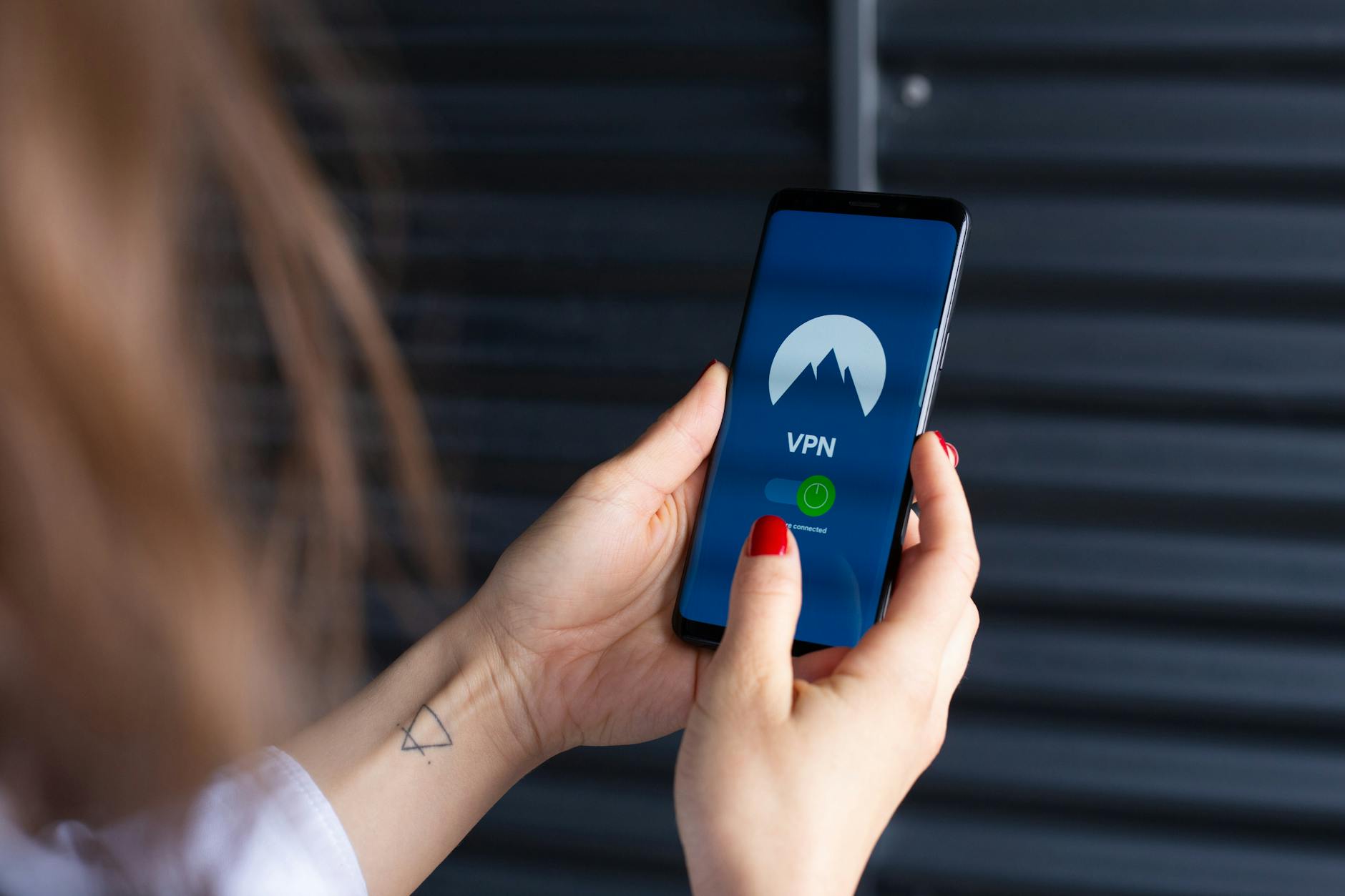In today’s digital age, privacy protection is of utmost importance as we constantly use our devices that collect personal data. One key feature that raises concerns about privacy is location services. Many apps and devices use location services to provide personalized experiences, but this can also compromise your privacy. In this guide, we will explore the importance of disabling location services and provide you with essential tips on how to protect your privacy effectively.
The Significance of Disabling Location Services
Location services allow apps and devices to track and pinpoint your exact whereabouts using GPS, Wi-Fi, or cellular data. While this can enhance user experience by offering location-based services like maps, weather updates, and local recommendations, it also poses potential privacy risks. Malicious entities or cyber attackers could exploit this information to track your movements, invade your privacy, or target you with tailored advertisements.
Understanding the Risks
Disabling location services on your devices can significantly reduce these risks. When you grant access to location services, you are essentially allowing companies to collect data about your habits, preferences, and even your daily routines. This data can be shared with third parties or stored without your knowledge, making you vulnerable to privacy breaches or surveillance.
How to Disable Location Services on Different Platforms
Disabling Location Services on iOS Devices
On an iPhone or iPad, you can easily disable location services by following these steps:
1. Go to “Settings” on your device.
2. Scroll down and select “Privacy.”
3. Tap on “Location Services.”
4. Toggle off the switch to disable location services for all apps or choose specific apps to disable individually.
Disabling Location Services on Android Devices
For Android users, you can disable location services by:
1. Opening the “Settings” app on your device.
2. Selecting “Security & location” or “Location.”
3. Turning off the location toggle switch to disable location services for all apps or manage individual app permissions.
Best Practices for Protecting Your Privacy
Apart from disabling location services, here are some additional tips to safeguard your privacy:
– Regularly review app permissions and disable unnecessary access to your location data.
– Use a virtual private network (VPN) to encrypt your internet connection and mask your IP address.
– Keep your devices updated with the latest software patches to prevent security vulnerabilities.
– Avoid sharing sensitive information or location details on social media platforms.
Conclusion
In conclusion, protecting your privacy in the digital world is crucial, and disabling location services is a proactive step towards safeguarding your personal data. By understanding the risks associated with location tracking and following the guidelines provided in this guide, you can take control of your privacy and enjoy a more secure online experience. Remember, staying informed and taking proactive measures are key to ensuring your privacy remains protected in today’s interconnected world.



